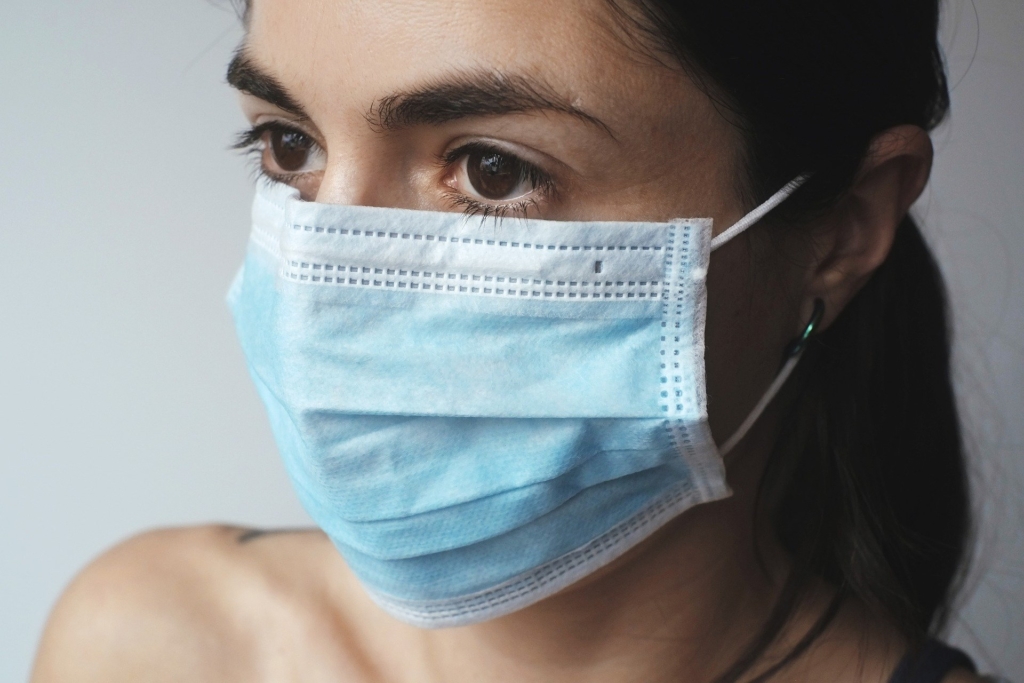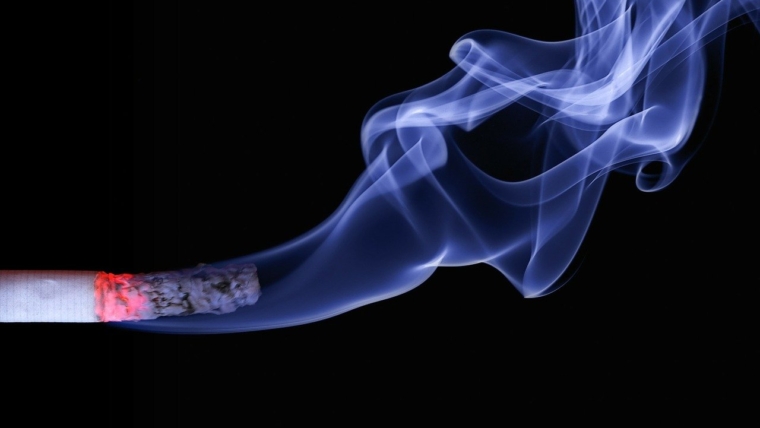
As an airborne virus that can also survive prolonged periods on hard surfaces, COVID-19 is extremely contagious. Stopping the disease requires diligent hygiene practices, such as washing your hand with soap and avoiding touching your face. The revelation that a percentage of people carry the virus without ever getting ill themselves means that there is a good argument to say that we should also be wearing face masks whenever we leave the house. Unfortunately, facemasks are in short supply at the moment, and getting your hands on some is a major challenge in many places. If you are struggling to find them, here is a short guide on how you can make your own.
- To make this mask, you will need some standard HEPA vacuum bags, a glue gun with a glue stick, a pipe cleaner, elastic, a pencil, thread, scissors, a sewing machine and a mask template. The vacuum bag must be HEPA since this material will do a much better job of stopping the virus than any other household material (HEPA stops around 99.5% of dust and small particles).
- Cut an 11-inch strip of elastic with your scissors. Then, cut the strip in half length-ways.
- Use your mask template to draw a mask shape on your HEPA vacuum bag with your pencil. The template should look like a triangle with a 10-inch base with its top cut off so that it is a flat area of around three inches in length. Then, use the template to cut a mask shape out of your HEPA bag with the top part of the triangle over a seam. Do not cut the top part so that when you have finished, you have a double layer that is joined along the top edge.
- Fold a pipe cleaner in half and glue it between the layers along the base of the triangle. This will serve as a mechanism to keep the mask flush against your face.
- Sew the edges of both layers together so that the mask resembles a triangle.
- To make the strap, sew the elastic to each corner of the triangle.
- You should make two or three for each person in your household so that you have enough to wash the facemask after every trip you make outside.
- Finally, if you are making the mask for someone else, remember not to try it on. You run the risk of infecting others if you are already carrying the virus yourself.
Despite conflicting advice from governments and international health organizations regarding the use of facemasks to stop the spread of coronavirus, it is clear that the countries where the majority of people have decided to wear facemasks, whether or not they are showing symptoms, have been better able to control the spread of the virus. By wearing a facemask, you are not only preventing yourself from being infected, but you are also stopping yourself from spreading the virus too.


